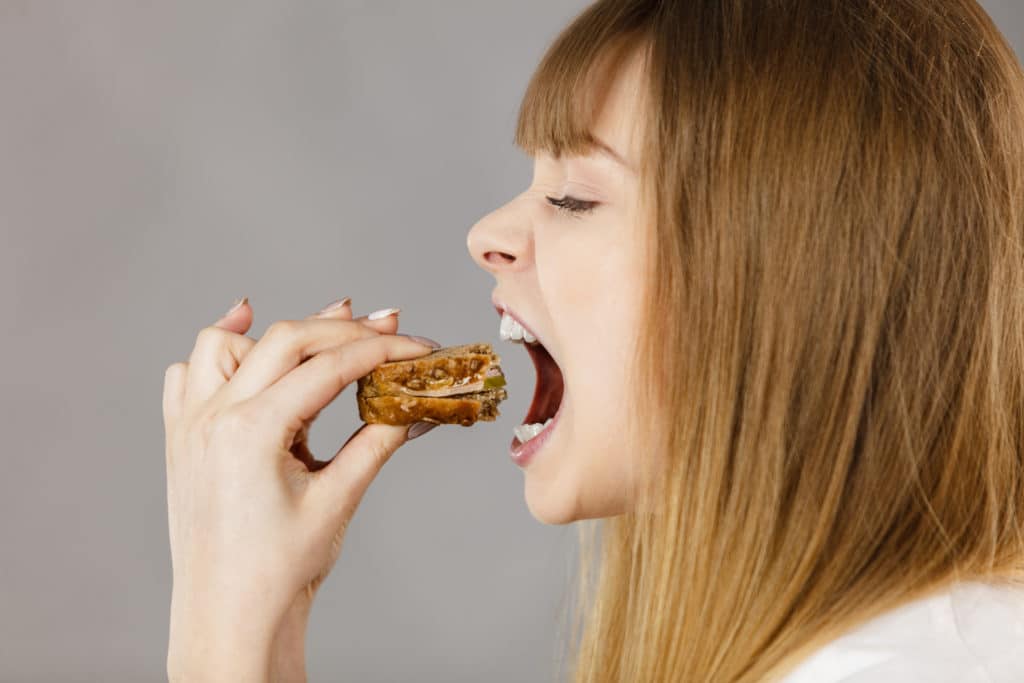Your Digestive System
Vocabulary
Read the vocabulary terms to understand the reading better.
Colon/Large Intestine
The colon/large intestine is the large, short part of the digestive system in which water, minerals, and vitamins are absorbed from foods, and waste products from those foods are moved out of the body.
Esophagus
The esophagus is a muscular tube through which food moves from the mouth to the stomach.
Gallbladder
The gallbladder is a small muscular sac below the liver that stores bile produced by the liver; it releases the bile into the stomach to digest food.
Liver
The liver is a large organ in the body that produces bile to help the stomach break down food, and that stores nutrients and turns them into energy the body can use.
Pancreas
The pancreas is a long gland that releases hormones, such as insulin, into the bloodstream and digestive enzymes into the small intestine.
Rectum
The rectum is the end of the large intestine through which feces, or solid waste, is released from the body.
Small Intestine
The small intestine is the longest part of the digestive system, from the stomach to the colon, through which food moves and is absorbed into the body.
Stomach
The stomach is a bag-like part of the digestive system into which chewed food goes and is mixed with acids that break down the food so the body can use it.
Oxygen is an important fuel for your body, and so is food. Food gives your body’s cells energy to breathe, move, and do many other things. Food also provides your body with proteins, vitamins, and minerals.
Take a Bite
Digestion starts when you take a bite of food. The food is ground up by your teeth and wetted with saliva. Then your tongue pushes it back to your esophagus which squeezes it down to your stomach.

Down in the Stomach
Your stomach is a big bag-like organ where the food gets broken down. The muscles in your stomach squeeze the food. Your stomach’s digestive juices dissolve the food.
Your Two Intestines
From your stomach, the food moves into a crooked tube called the small intestine. The food mixes with digestive juices from your liver, pancreas, and gall bladder. Nutrients are then extracted from the food. Anything left over moves down into the large intestine or colon. There, water is soaked up and the waste is formed into lumps.

Taking Out the Garbage
The leftover waste then moves into your excretory system. Extra water, or urine, goes into the bladder. It is stored there until you use the toilet. Solid waste leaves your body through a tube called the rectum.
To learn more about your digestive system, watch the video by Learn Bright on YouTube.
Show What You Know!
Complete some questions about the reading selection by clicking “Begin Questions” below.









